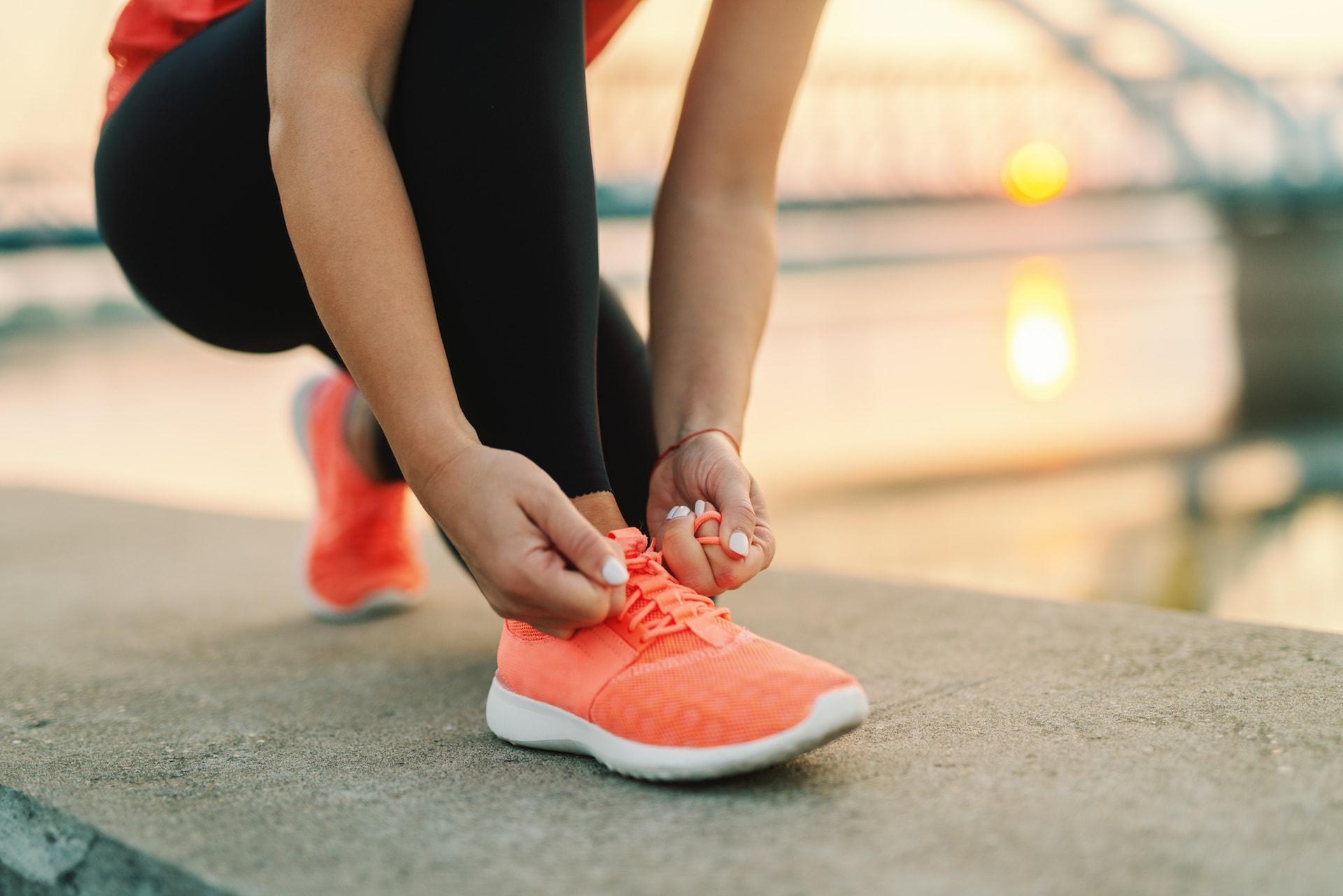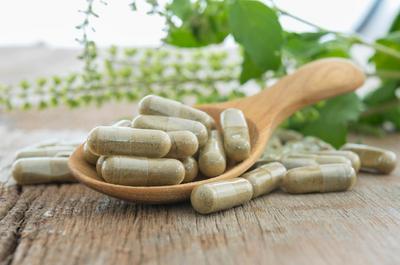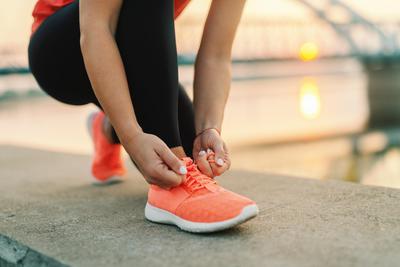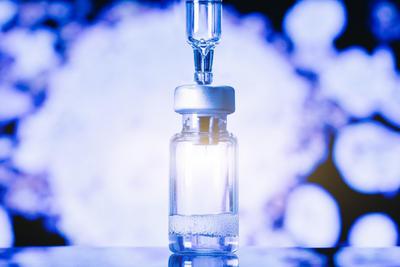Steroids and Amateur Athletes
Steroids - Not just for Pros Any More

Steroids - Not just for Pros Any More
Lance Armstrong in biking. Marion Jones in track. Jose Canseco in baseball. Steroid abuse is prevalent wherever athletes want to win. Now, Alex Rodriguez of the New York Yankees has become the latest poster child for Major League Baseball players who have tested positive for steroid use. The anger leveled toward Rodriguez is not only about use, but his denial and obstruction in the recent investigation into the Biogenesis Anti-Aging Clinic in Florida. While he did receive the harshest punishment, Rodriguez took advantage of a loophole, allowing him to play out the 2013 season while he appeals the punishment. On the other hand, Milwaukee's Ryan Braun, who skirted punishment a year ago by proving his specimen was mishandled, was caught this time. Without blinking, he and several other stars accepted their 65-game suspensions. But it's not just professional athletes who are using steroids, and apparently, age doesn't make a difference either.
There is growing concern that high school athletes are using steroids, and some states have instituted drug testing at high school sports events. Many students/parents must sign Codes of Conduct affirming freedom from performance enhancing drugs.
Recently, an 80-year old athlete, Don Ramos, tested positive for steroids while competing in the Pan American Master's Weightlifting Competition in June (though he contends he has a doctor's prescription). In 2011, nine weightlifters at the masters tested positive, including one in his 50s, and three in their 60s.
Apparently, everyone is trying to get stronger, bigger, and faster, and despite the clear health risks, plus mountains of stories that ostracize the steroid users as cheaters, the trend continues. And these drugs are not exactly hard to find. In fact, when you Google "What is a steroid test," websites where one can obtain steroids appear prominently. Most regular gym users can easily find a dealer in their weight room just by asking around.
Testing for Steroids
The most common steroid test involves a person urinating into a cup, and then the urine is analyzed in a lab. The lab measures the ratio of testosterone to epitestosterone, two types of hormone. The maximum ratio for athletes should be 4:1. If someone is determined enough, there are ways to attempt to beat the test, though these are far from 100% successful, and there certainly wouldn't be so many high profile positive steroid tests if it were easy to beat. Strangely, there is also a gene, UGT2B17, which helps mask steroids in the system. Ten percent of whites, 22% of people of African descent and 66% of Asians possess this gene, making it harder to detect steroid use in the individuals that have it.
Many pro athletes have naturally higher levels of testosterone than non-athletes, so they sometimes need to record significantly higher rates than 4:1 to be "caught." At BALCO, the company at the center of the Marion Jones and Jason Giambi scandal, a clear paste that mixes testosterone and epitestosterone was rubbed into the body in an attempt to make the ratios look more normal. San Francisco Giant Barry Bonds is alleged to have used such a cream obtained from BALCO.
Nevertheless, for most amateurs, it's easy to get caught using steroids, if only the testing were more commonplace. If the telltale signs of steroid use are apparent in a teenager or competitive athlete that you know, ask them to get tested. Health Street offers steroid testing at clinics and onsite at sporting events throughout North America.




